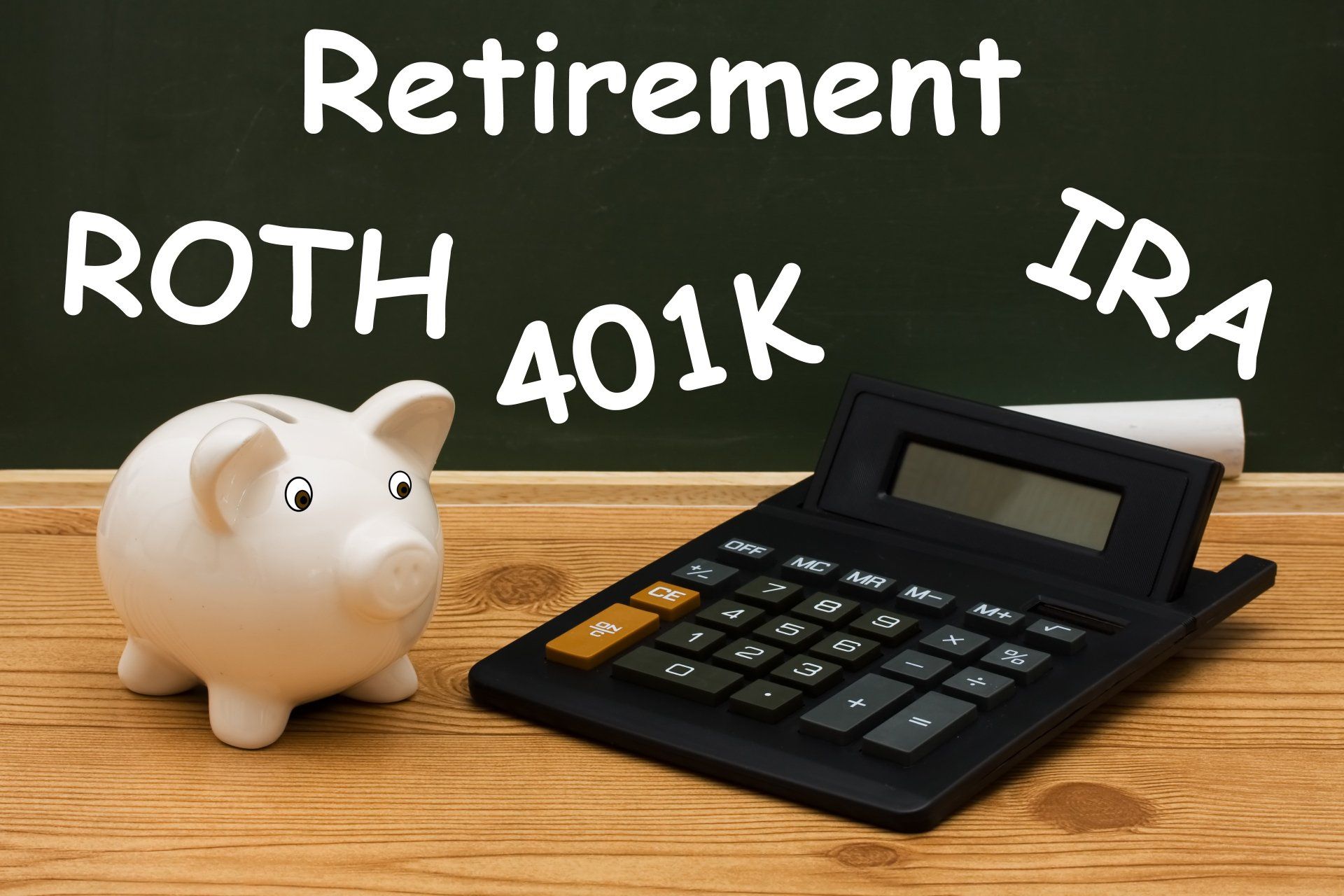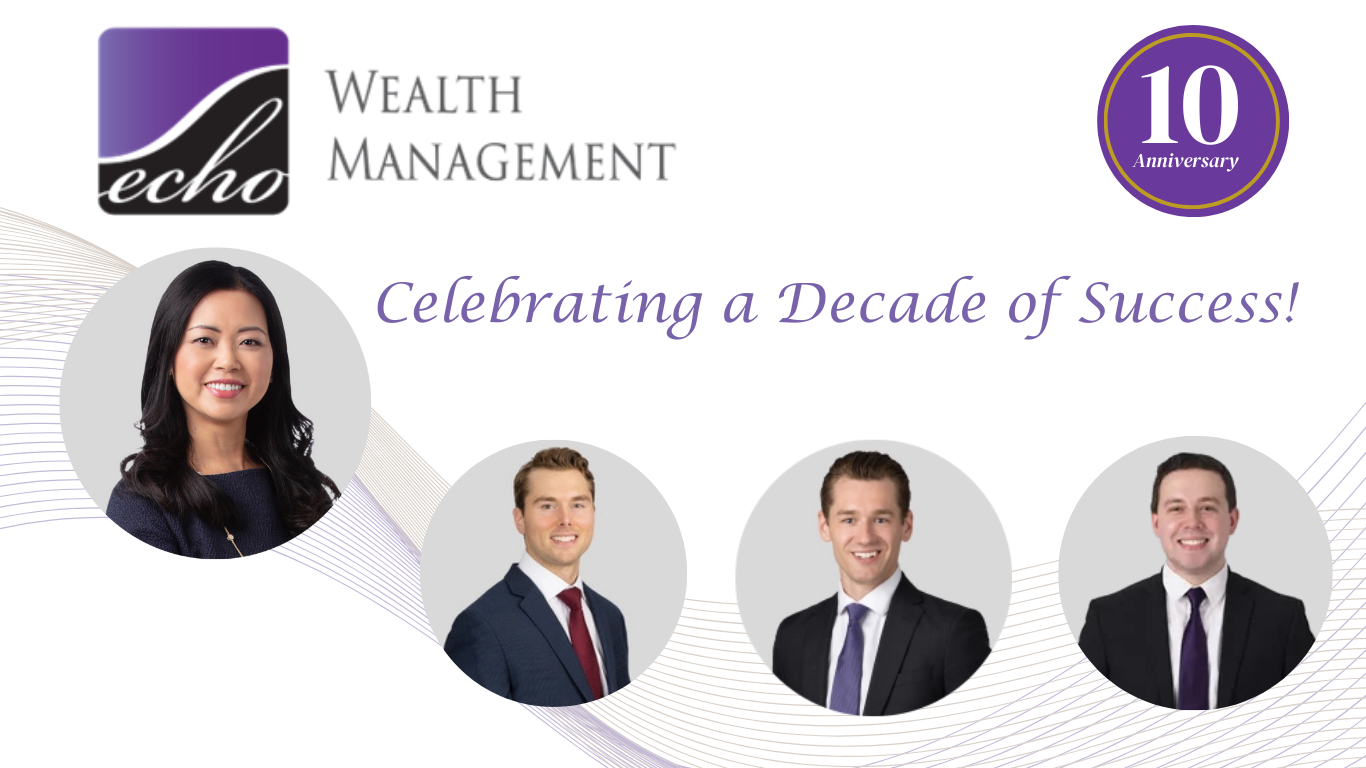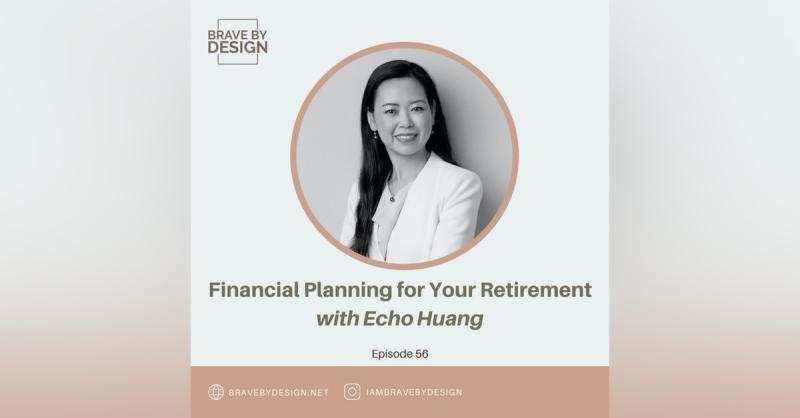All-Important Tax Saving Strategies for the Affluent (and Those Who Want to Be)
When I worked as a tax CPA for KPMG in the late 90s, I served many corporate executives and wealthy families as their senior tax specialist and prepared many individual income tax returns, trust returns, and gift tax returns. Now I use that knowledge and expertise to help my affluent and high-income clients plan ahead to keep more money in their pockets by using smart tax savings strategies.
Looking at this Historical Tax Rate Chart 1913 - 2020, you can see that the current top income rate is relatively low. Like the importance of diversification in investing, I think tax diversification is relevant as I help clients plan for their financial future.
I have five tax savings strategies I’d like to share with you today to help you keep more of your money.
1 – Diversify Your Income Sources
Investors should consider owning investments in three tax buckets:
1. Tax-deferred (401(k) or IRA)
2. Tax-free (Roth IRA, HSA)
3. Taxable (individual, joint, revocable living trust)
The tax treatments are different in each of the three buckets before withdrawal. You can sell investments with gains or losses inside the tax-deferred bucket and tax-free bucket without reporting them to IRS. You must watch for short-term or long-term capital gains, interest income, or dividend income each year inside the taxable bucket.
Since you cannot predict your future income tax rates, owning investments in all three tax buckets allows you to have the maximum tax planning flexibility during retirement to reduce taxes. For example, if our government’s deficit continues to be large, the tax rates may increase during your retirement for people earning over $200,000 annual taxable income. You may be able to withdraw money from your Roth IRA (tax-free bucket) instead of your IRA (tax-deferred bucket) to keep your taxable income below $200,000, therefore paying taxes at a lower rate. When tax rates go down because of a change in government (i.e., a new president or congress), then you can switch to withdrawing from your IRA and taxable accounts.
In my next blog, I will go more in-depth on how Roth IRAs, in particular, can enhance your tax strategy.
#2 – Help Your Children Fund Their Roth IRAs
If your children have a part-time job or a summer job, earning any amount of income, you should encourage them to open a Roth IRA now, which you can help them fund up to his/her earned income, with a maximum of $6,000 for 2020 and 2021. Even if they only make $4,000 per year and may be able to save $2,000 for the Roth IRA, you can help with another $4,000 to encourage saving now and investing for their retirement early. The long-term growth of this tax-free account is significant. You can teach them the magic of compounding over 50 years, and they won’t have to pay taxes on distributions regardless of their income level.
For the young people who are just starting in their career and their income is low enough to be eligible to contribute to a Roth IRA, generally I recommend maximizing Roth IRAs after they have contributed enough to get all the employer matching in their 401(k) plan (don’t leave money on the table).
#3 – Be Creative with Your Charitable Giving
Suppose you have appreciated stocks in your non-retirement accounts. Instead of writing checks to charities or using payroll deductions at work, you can simply set up a donor-advised fund through your financial advisor and transfer the appreciated stocks that you have unrealized long-term gains to this fund. You can deduct the fair market value as charitable deductions on tax returns in the year of funding the donor-advised fund, even though you don’t have to determine the recipients of your generosity until later years.
For example, if you usually give $5,000 to charities by writing checks, you can donate a total of $100,000 value of appreciated stocks (with a cost basis of $60,000) to your donor-advised fund, and you can save about $40,000 in income taxes this year. Then, when you sell the stocks to diversify to other investments inside the account, you don’t have to report the long-term gains of $40,000 on your tax returns, saving you an additional $12,000 in capital gains tax. If this account grows, you will have more money to help charities, and you can decide to choose the amounts and the charities during your lifetime.
Note: You do not take another charitable deduction when the money (grant) goes to charities from this account. Upon your death, the successors you have named will continue your legacy.
Other creative options also include a charitable remainder trust and a charitable lead trust. A charitable remainder trust helps you avoid capital gains taxes on appreciated assets. It also allows you to receive income for life and receive a tax deduction now for a charitable contribution that will be made after your death. A charitable lead trust avoids taxes on appreciated assets, earns an immediate tax deduction, and still provides an inheritance for your heirs later.
#4 – NUA Strategy
NUA, Net Unrealized Appreciation, refers to employer stock inside a retirement plan at work. Before the Enron crisis, many employers used to match company stock in the 401(k) plan, and employees kept the stock for many years. When you’re getting ready to retire and considering taking distributions from your 401(k), you have the opportunity to decide what to do with the employer stock.
If the cost basis is low (let’s say 20% to 30% of the market value), consider taking the stock out by transferring the shares to a non-retirement brokerage account (not an IRA account). The tax treatment is that you pay ordinary income tax on the cost basis in the year of taking the stock out of the plan. The appreciation from the cost basis will be treated as long-term capital gains when you sell the shares anytime in the future inside your non-retirement brokerage account.
I encountered this situation once when my client’s father suddenly passed away at age 80, and her mother (age 79) inherited a large 401(k) plan balance with about 40% in employer stock. The cost basis was about 20% of market value. I reviewed the most recent 401(k) statement and learned that the RMD for that year was about $50,000 that needed to be taken out immediately to avoid a 50% tax penalty assessed by IRS. After a thorough analysis, I concluded that taking out this employer stock in-kind and paying income taxes on a $75,000 cost basis was the best choice for her. This distribution of stock meets the RMD requirement for the year, and she would have over $350,000 worth of stock in an account that she can potentially pay lower long-term capital gain taxes if she sells anytime. If she leaves this low cost basis stock in the taxable brokerage account to her children upon her death, her children will receive a step-up in the cost basis (market value on the day of death) on this stock and can choose to sell it without paying any taxes.
#5 – Maximize Your Health Savings Accounts (HSA)
Maximizing your Health Savings Accounts, or HSA, is a strategy using tax-free dollars to pay for health care during retirement. If your employer offers high deductible health insurance plans, you should undoubtedly review this to see if you should choose it to save on monthly premiums and combine with the tax savings from funding your HSA.
Consider a Financial Advisor
While having a good tax accountant is essential, having a financial advisor, especially one who is a Certified Financial Planner™ (CFP®), is vital to making sure your investments are diversified from a risk standpoint and a tax standpoint. I am licensed in all 50 states, and my firm,
Echo Wealth Management, handles clients from all over the US. If you would like to explore the ways a financial advisor can help you maximize your tax strategies along with other key investment strategies, please
schedule a complimentary 30-minute Discovery Call.
The year is quickly coming to a close, and you want to be sure to take full advantage of this year’s tax benefits.













